Description
1. Parameter Specifications
- Power Supply: The PPU2 typically operates on a 24V DC power supply. The power consumption is relatively low, around 5 – 10W, ensuring energy – efficient operation over long periods.
- Processor and Memory:
- It is equipped with a high – performance processor that can handle complex control algorithms with a fast execution speed. The specific processor details are optimized for real – time control applications.
- It has a certain amount of memory. The program memory can store control programs, and the data memory can hold variables, status information, and historical data. The memory capacity is sufficient for medium – sized control tasks.
- Input/Output Configuration:
- Digital Inputs: There are 12 digital inputs. These can accept signals from digital sensors such as proximity sensors, limit switches, etc., with an input voltage range of 5 – 24V DC.
- Digital Outputs: It offers 8 digital outputs. Each output can drive a load with a maximum current of 0.5A, suitable for controlling small relays and indicator lights.
- Analog Inputs: There are 2 analog inputs. They can receive signals in the ranges of 0 – 10V or 4 – 20mA, with a 10 – bit resolution for basic analog quantity measurement.
- Analog Outputs: 1 analog output is available, capable of outputting signals in the same ranges as the analog inputs for simple analog control.
- Communication Interfaces: It supports an RS – 485 serial communication interface with the Modbus RTU protocol, enabling communication with other Modbus – compatible devices. It also has an optional Ethernet interface for high – speed data transfer and integration into industrial networks.
2. Applications
- Industrial Automation: In industrial manufacturing, the PPU2 can be used to control and monitor simple to moderately complex production processes. For example, it can manage the operation of a single machine or a small group of machines on a production line.
- Building Automation: In commercial buildings, it can be involved in basic building management tasks. It can control the lighting in a specific area, adjust the temperature of a single room’s HVAC unit, or monitor the status of access control points.
- Agricultural Automation: In agricultural settings, it can control irrigation systems. It can detect soil moisture levels through analog sensors and control the operation of water pumps via digital outputs.
3. Weight and Dimensions
- Weight: The module weighs about 0.3 kg, which is relatively light and easy to install and handle.
- Dimensions: The overall dimensions are: length – 100mm, width – 80mm, height – 25mm. Its compact size allows for installation in tight spaces, such as inside small control cabinets or on equipment panels.
4. Features
- Flexible Communication: The support for both RS – 485 and optional Ethernet interfaces provides flexibility in system integration, allowing it to communicate with a variety of devices and control systems.
- User – Friendly Programming: It uses a simple and intuitive programming language, making it accessible to technicians and engineers with basic programming knowledge.
- Cost – Effective: It offers a good balance between performance and cost, making it suitable for small – to – medium – scale applications.
5. Stability and Reliability
- Robust Construction: The module is housed in a durable plastic enclosure that provides protection against dust, moisture, and minor mechanical vibrations. This ensures stable operation in normal industrial and non – industrial environments.
- Fault – Tolerant Design: It is designed with built – in protection mechanisms such as over – current protection for the digital outputs. These features safeguard the module from electrical faults and extend its service life.
- Quality Assurance: Through strict quality control during manufacturing and the use of high – quality components, it offers long – term reliable operation.
6. Real – world Examples
- Small – Scale Woodworking Shop: In a small – scale woodworking shop, the PPU2 can control the operation of a table saw. It can detect the presence of a workpiece using a proximity sensor connected to a digital input and control the power supply to the saw motor via a digital output.
- Residential Greenhouse: In a residential greenhouse, it can be used to control the ventilation system. It can measure the temperature inside the greenhouse through an analog sensor and control the operation of fans via digital outputs to maintain a suitable temperature for plant growth.


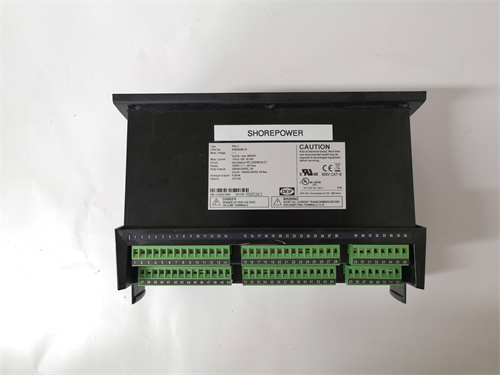
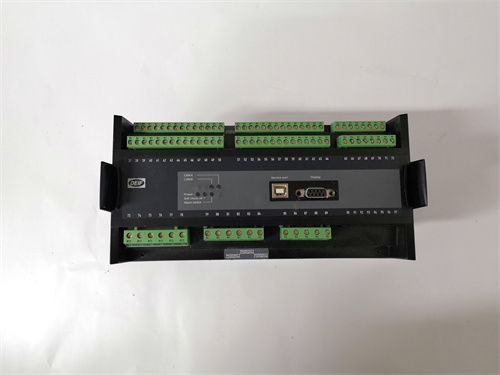
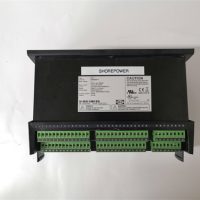
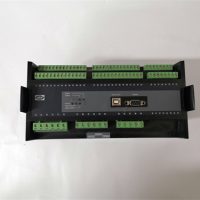
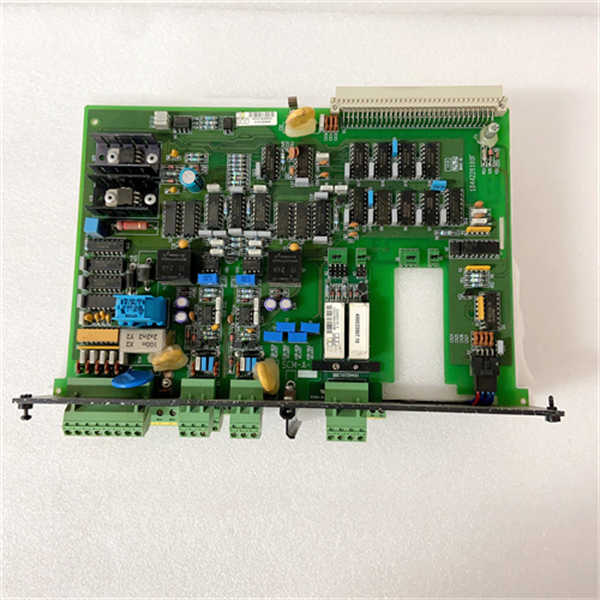

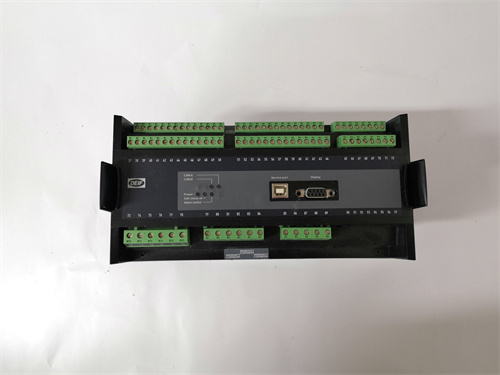
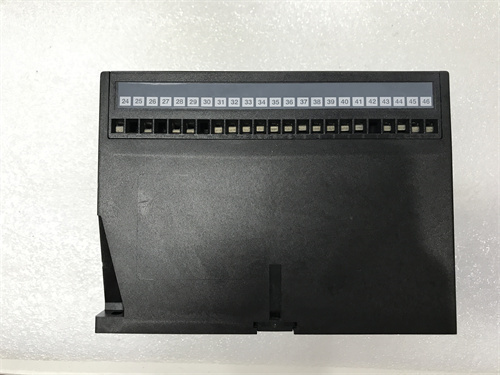
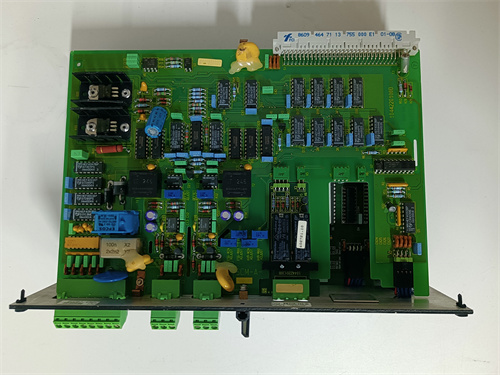
Reviews
There are no reviews yet.